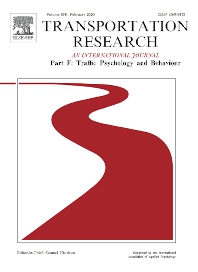
This research effort aims to investigate the impact of texting on young drivers’ behavior and safety based on data from driving simulator experiments, for different driving contexts, like motorways, urban and rural roads, during daytime and night, and for alternative weather conditions (‘clear sky’ and rain). The study offers a complete and comprehensive investigation of the effects of texting on driving behavior, able to provide evidence on policy-making. For the purposes of this study, a driving simulator experiment was carried out where 34 young participants drove predefined driving scenarios. Initially, multivariate copula analysis was used in order to explore statistical inferences among variables, especially since it retains a parametric specification for bivariate dependencies and allows testing of several parametric structures to characterize them. Secondly, alternative copula configurations were tested, which showed that texting and other road and environmental characteristics affect young drivers behavior and in particular more than one outcome can occur at the same time. Finally, Gaussian Mixture Modeling (GMM) was employed, demonstrating that the variables’ pairs that presented the strongest correlations were lane departure and speed, as well as speed and reaction time. GMMs application showed that drivers using mobile phones who were involved in a collision presented a different driving behavior compared to the drivers who were occupied but were not involved in a collision.
| ID | pj149 |
| Manuscript | |
| DOI | |
| Tags | driver behaviour, driver distraction, statistical modelling, young drivers |







